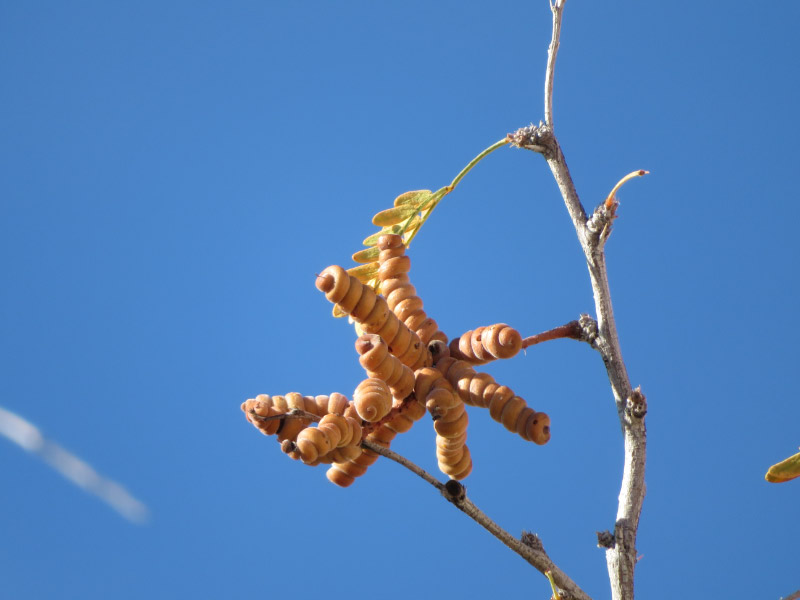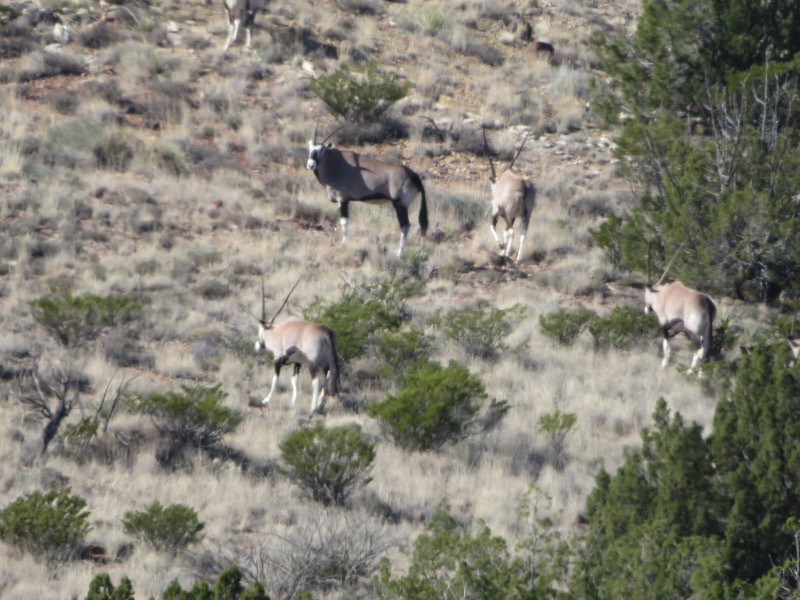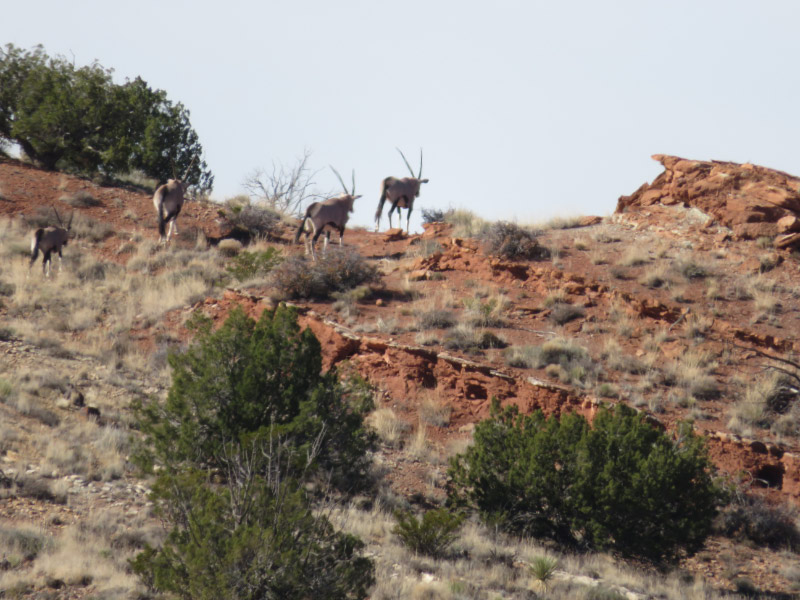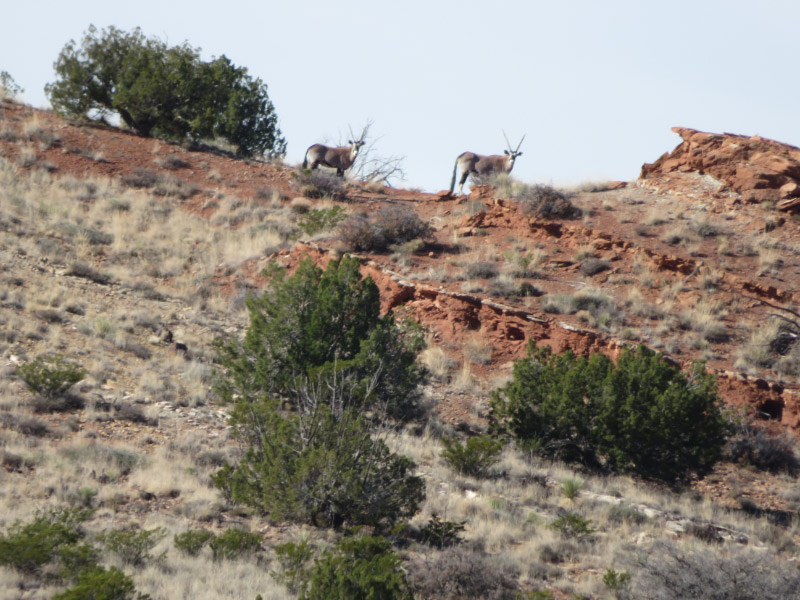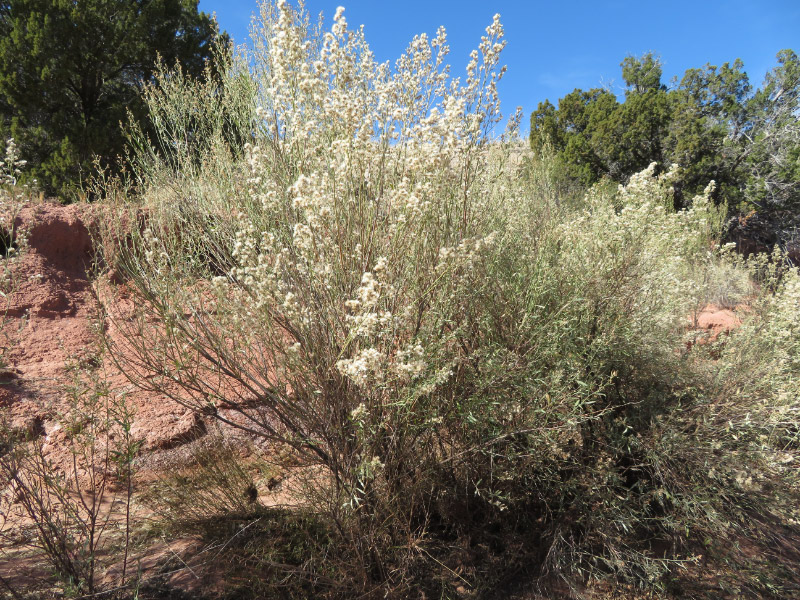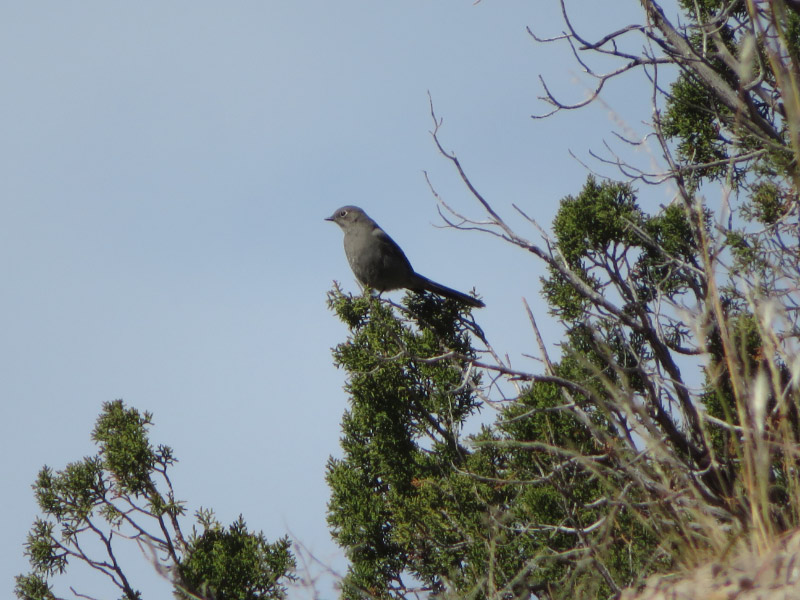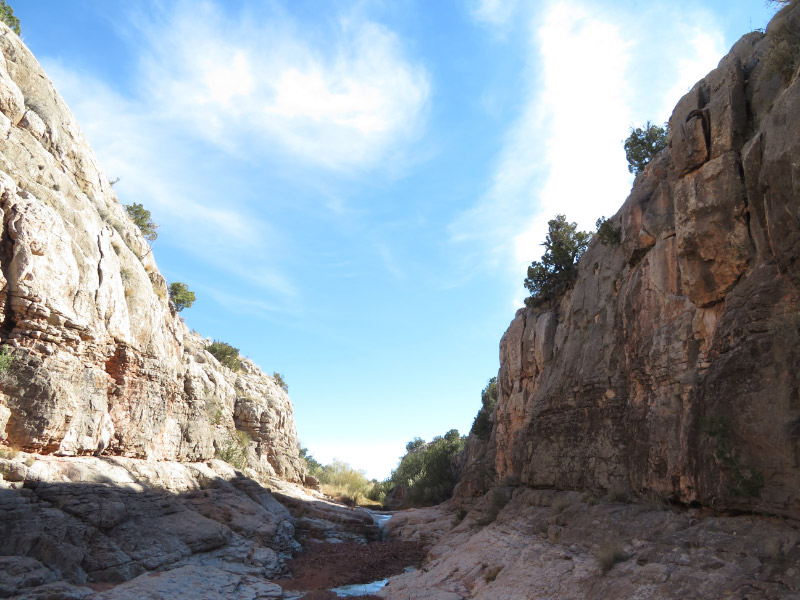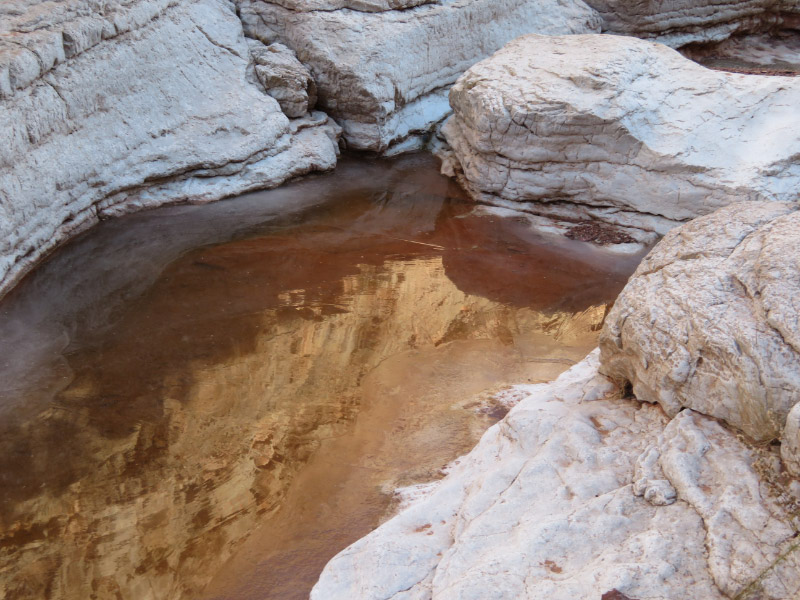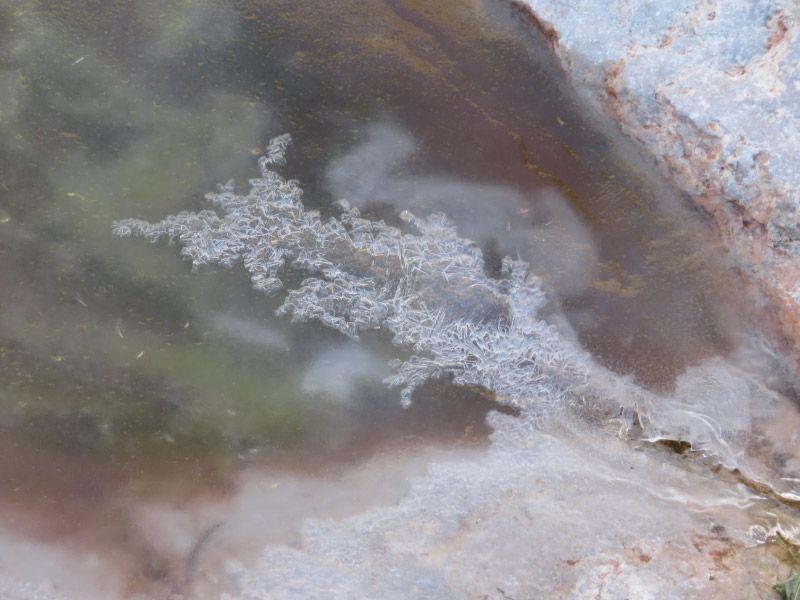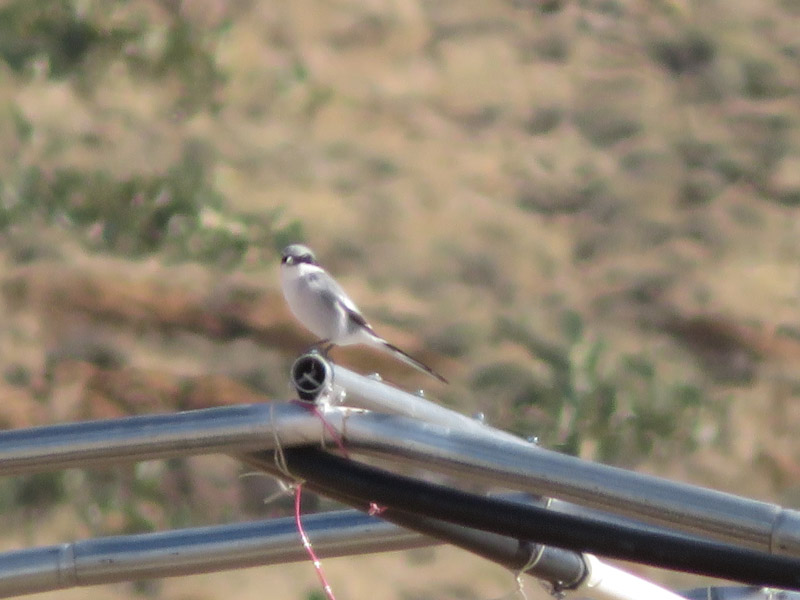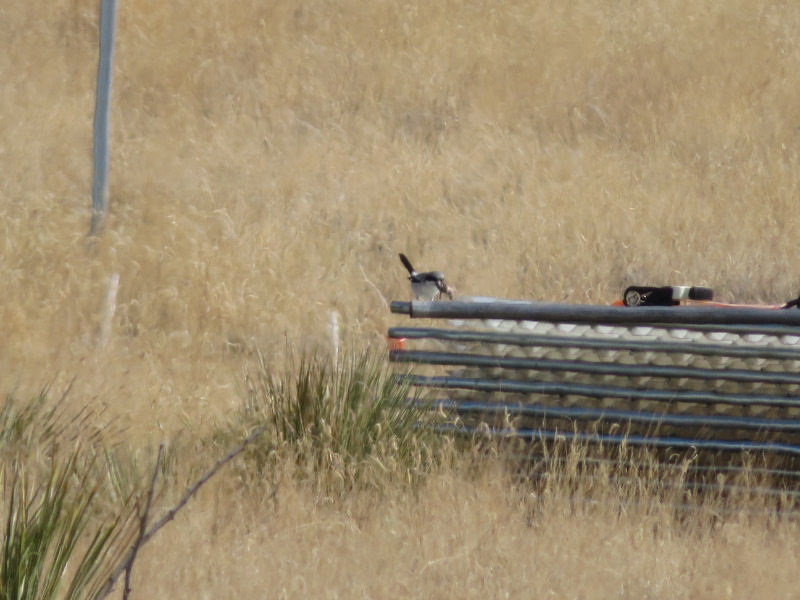Festival of the Cranes – part 4
/Our first day at the Festival ended with a program about owls and then going out into the Bosque del Apache Wildlife Refuge to look for owls along the wildlife loop. Our guides managed to help us see three species: western screech owl, great horned owl, and barn owl. I didn’t take any pictures and am waiting on my husband to process his to (maybe) write a post about the experience. The barn owls in flight over the field (beside the road where we were standing) were the high point of the evening.
I was glad our field trip for the next day was not an early morning. We got to Sevilleta National Wildlife Refuge in plenty of time for our 8AM start. There were screwbean mesquites growing near the entrance of the visitor center. For some reason, I had not noticed this type of mesquite before; the seeds are quite different from the mesquites I grew up with in Texas!
The field trip was to a part of the refuge not open to the public. It turns out that the majority of Sevilleta is used for research. There is no wild life loop road and the part we would see during the field trip is not directly connected to the parcel that has the visitor center and refuge headquarters. The field trip group headed out in three refuge vehicles – down a highway and across some private land. As soon as we went through the gate to the refuge land the increase in vegetation was obvious. It’s still a dry place.
Horned larks flew up along the road as our vehicles proceeded down the road. There was a solanum species with their tiny fruits.
Someone with sharp eyes spotted oryx (gemsbok) in the distance. They were imported from Africa to White Sands Missile Range in southern New Mexico and their numbers have been growing in New Mexico (they escaped the missile range). Their numbers seem to be stable on the refuge.
We stopped to hike through a small canyon where sandstone that contains underground water abuts harder rock – forcing water to the surface – until the harder rock ends and the water goes underground again. I managed an identification-level picture of a Townsend’s Solitaire. There was a thin layer of ice on the water. The water was trickling through underneath.
Along the road, we stopped for birds. Most of the time I just got to see them through binoculars. I managed to get a picture of the Mountain Bluebirds
And several of a Loggerhead Shrike – one with prey. Later in the field trip as we drove along the barbed wire fence, we saw desiccated insects pinned to the barbs by shrikes.
A little further along there was a Canyon Towhee in the top of a cholla.
I couldn’t resist photographing the cholla!
A herd of pronghorn were just white rumps running away at first but then they turned and raced the vehicles. They would turn and cross the road in front of the caravan – forcing it to slow or stop until they crossed. Then they would run beside us on that side of the road before they crossed again. It seemed to be a game and only the pronghorn knew the rules. We all wondered whether it was the youngest in the group that decided to run…the dominant male was usually close to the back of the group!
We stopped at another canyon for another hike. It was drier although during the monsoons there would be water flowing.
The refuge staff has converted older style drinkers which worked for deer to shallow pools to work for other animals as well. The water pump is powered by a solar panel and there is a camera to document visitors.
We returned to the visitor center a little before 4. It was the only day of the festival that I got my 12,000 steps!

